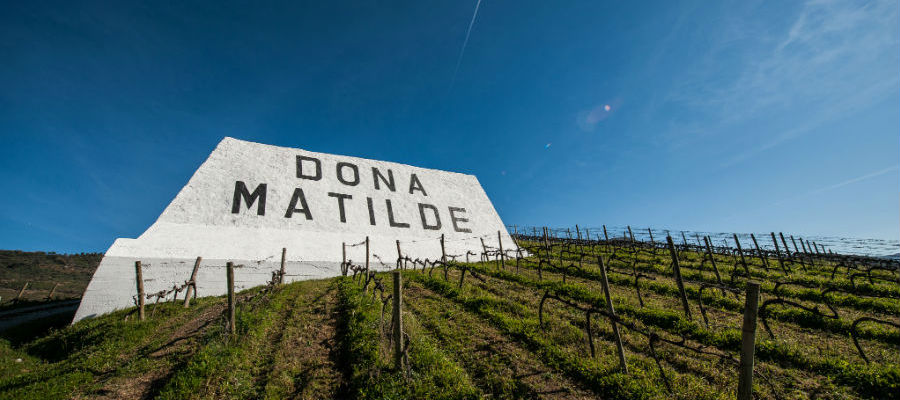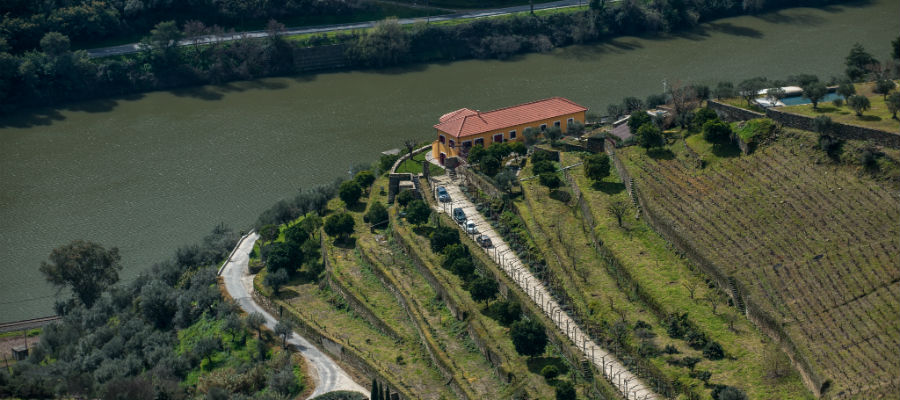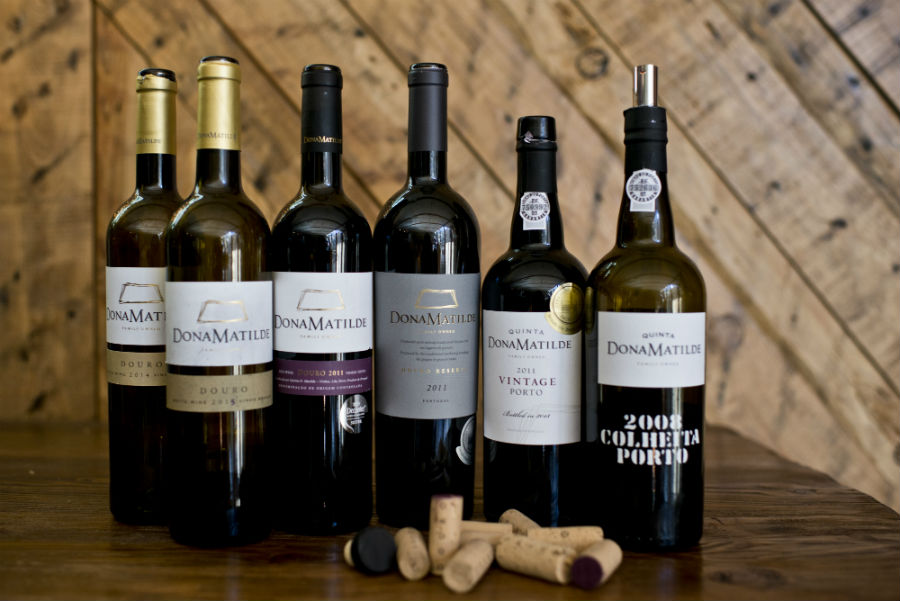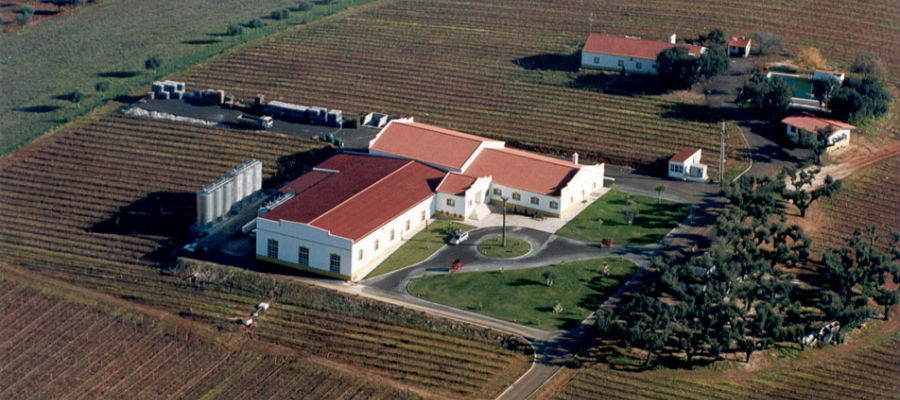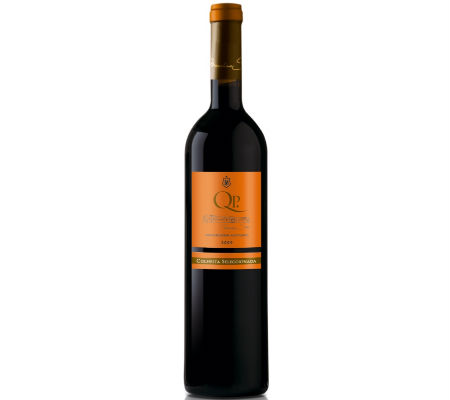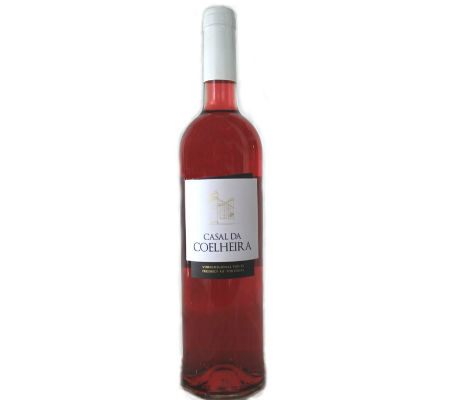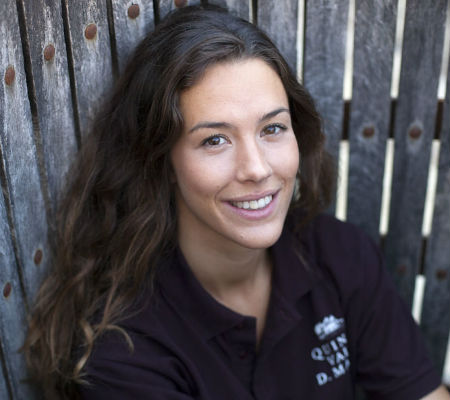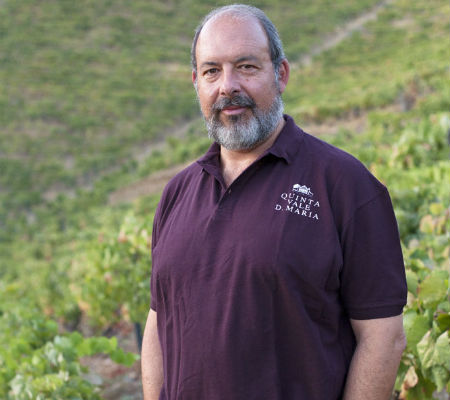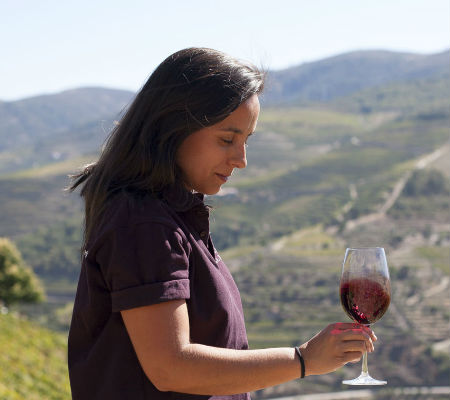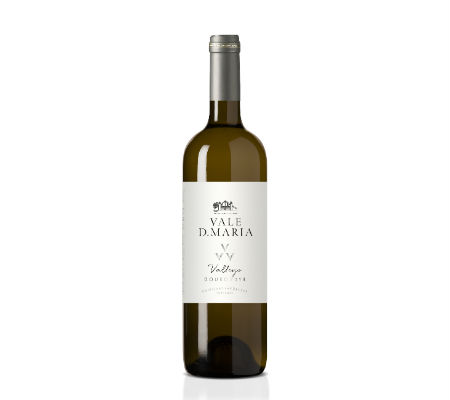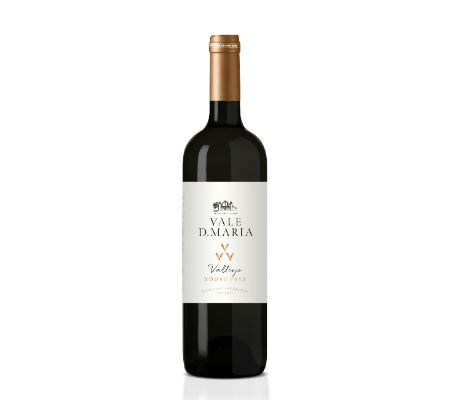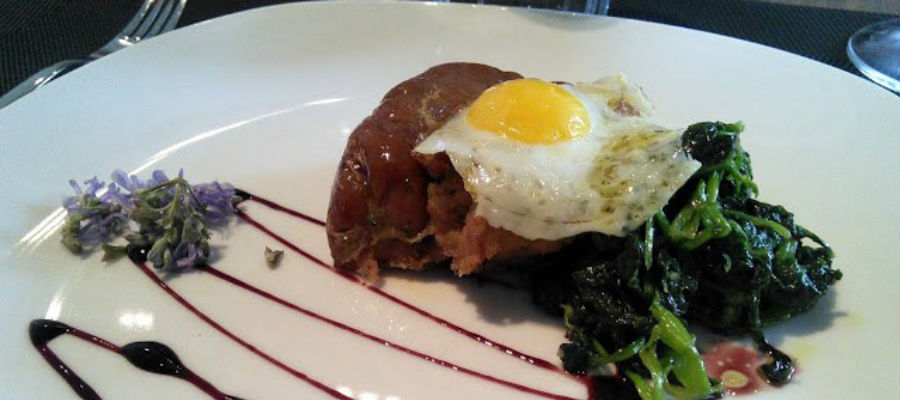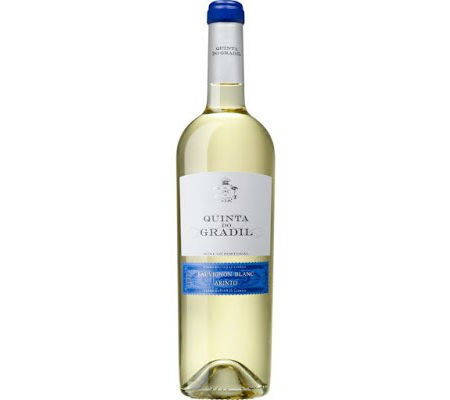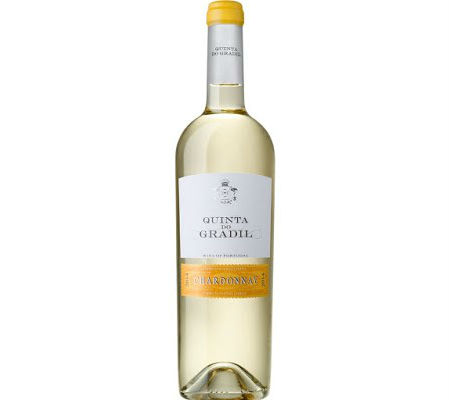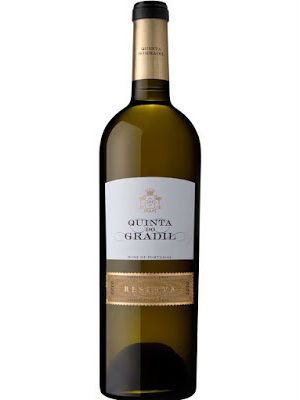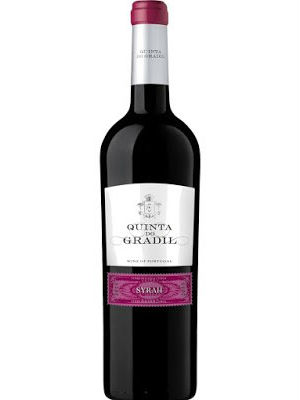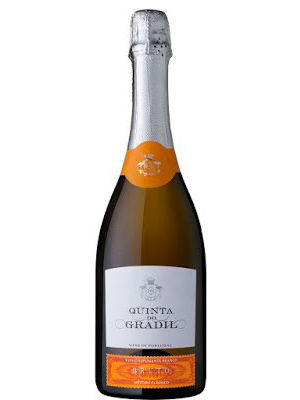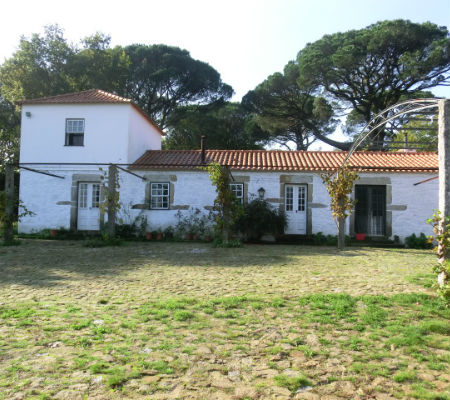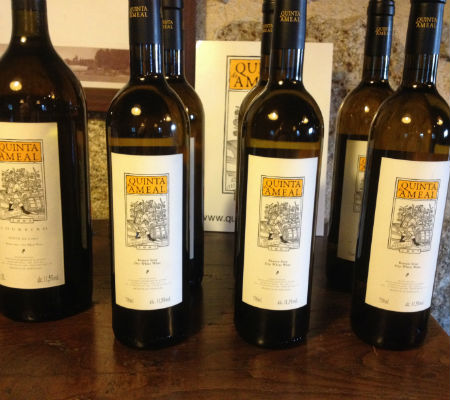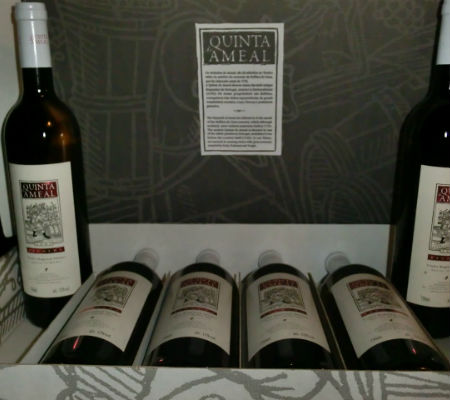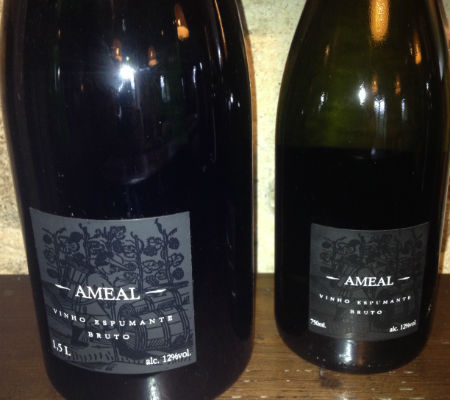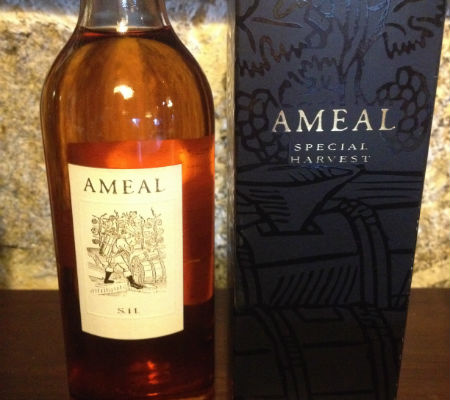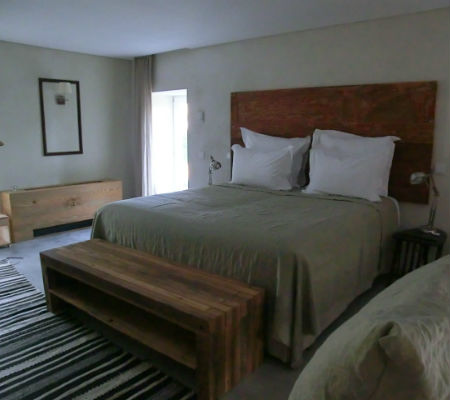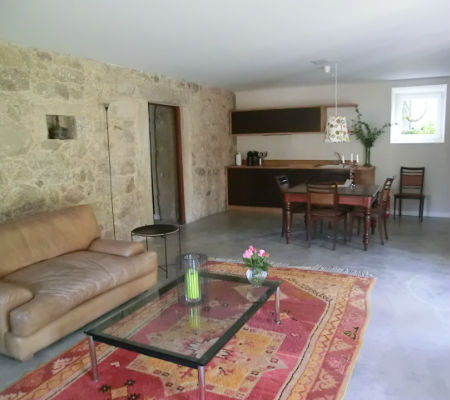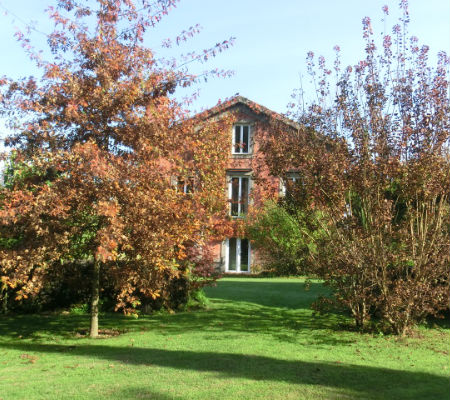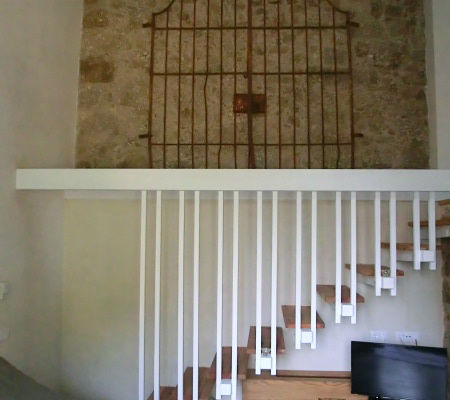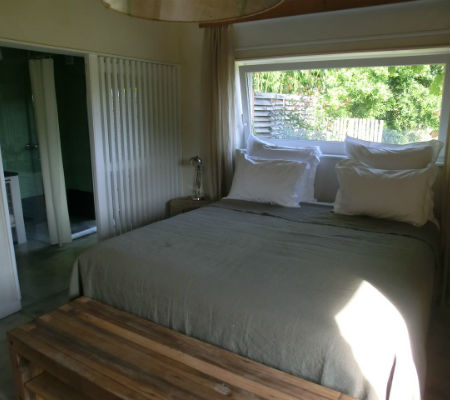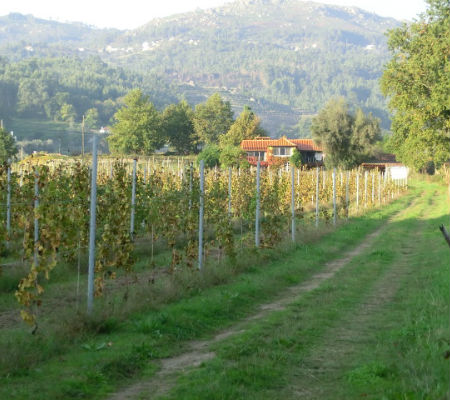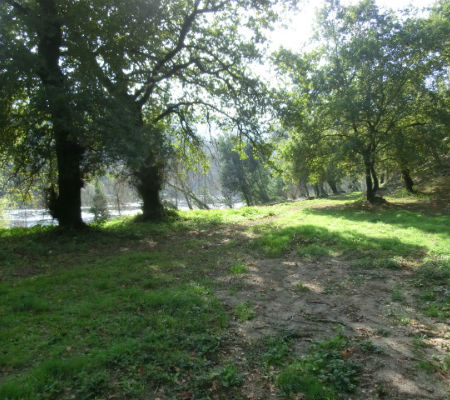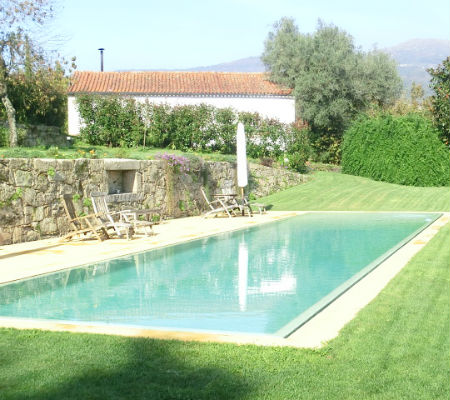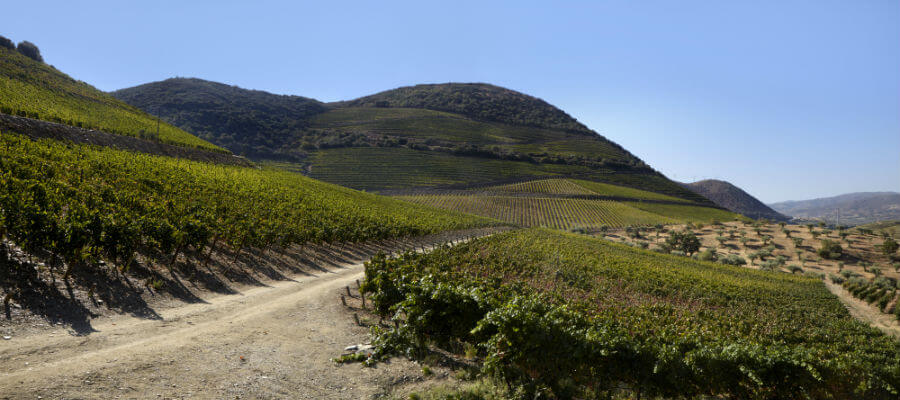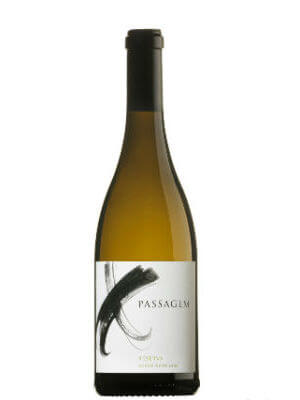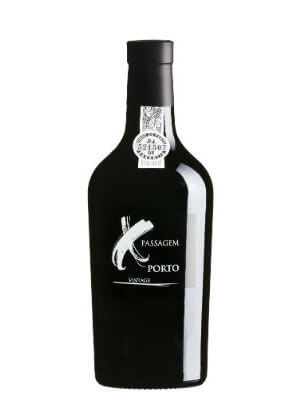Churchill’s New Image
Text José Silva | Translation Bruno Ferreira
It’s a Douro wines production company that exists only for 35 years now, it was founded in 1981 by John Graham, but has already reached the age of majority, producing table wines and high quality Ports with its own characteristics and a stiff image that leaves no one indifferent.

John Graham – Photo by José Silva | All Rights Reserved
In 1999, Churchill’s bought Quinta da Gricha, in the Ervedosa area of the Douro, near S. João da Pesqueira. We’re speaking of vineyards with some altitude, some of them very old and with a huge range of grape varieties, and, a few dozens give rise to wines full of complexity, elegance, freshness and acidity, which are only possible with vineyards with that location. For the white table wines they buy grapes on the other bank of the river, in the region of Murça, benefiting, in addition to the altitude of some granitic soils.

Visitors’ Centre – Photo by José Silva | All Rights Reserved
In Vila Nova de Gaia have a nice visitors’ center, resulting from the recovery of old facilities, which runs a space for events and a sales shop, but where you can also enjoy vats of large volume where steadily age some of the company’s Port wines. It was there that they recently presented a new red wine to the press, Quinta da Gricha 2013. And it was during an informal lunch prepared by Chef Victor Sobral.

Comercial director Maria Emília Campos – Photo by José Silva | All Rights Reserved

The winemaker Ricardo Nunes – Photo by José Silva | All Rights Reserved
Before that, the company’s CEOs, John Graham and Maria Emília Campos, and the winemaker Ricardo Nunes, made a presentation of the company and the wines we were tasting, one of them being the new red wine.
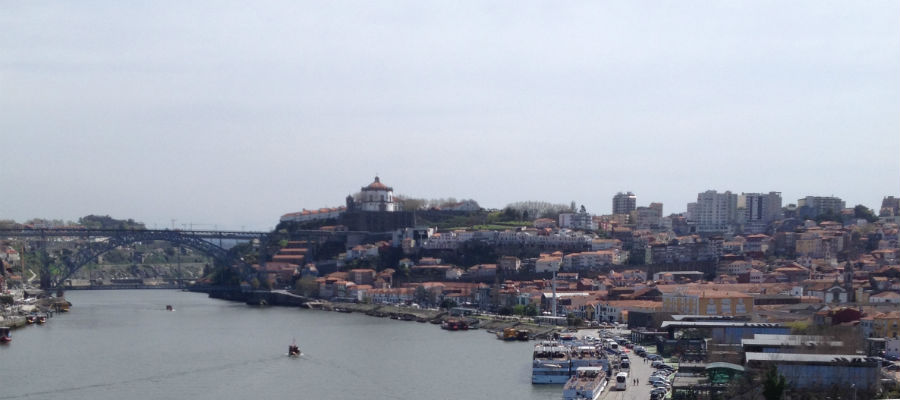
Superb view – Photo by José Silva | All Rights Reserved
In the upper room of this delightful space in Gaia, with a superb view of the riverbanks and the D. Luís Bridge, we tasted seven wines, starting with the curiosity of a rosé of which only 2,000 bottles were made, with screwcap. A young wine, very fresh and with excellent acidity, with no great pretensions, but very pleasant, even to join some simple snacks. Depletes at a glance! Then it was the white, composed by Rabigato and Viosinho, very elegant, full of freshness and with a persistent acidity making it very gastronomic, a beautiful wine. The first red followed, the Churchill’s Estates 2013, an entry range consisting of Touriga Nacional, Touriga Franca and Tinta Roriz, elegant, simple and balanced. The Churchill’s Estates Touriga Nacional showed itself full of structure, fragrant, large, very elegant, with excellent acidity, very characteristic, a beautiful red. Then it was tasted a powerful Churchill’s Grande Reserva, resulting from old vines, with many many grape varieties of the region, from various properties, giving it complexity, depth, a mouth bulky and exotic at the same time, a wine to last for many years in bottle.
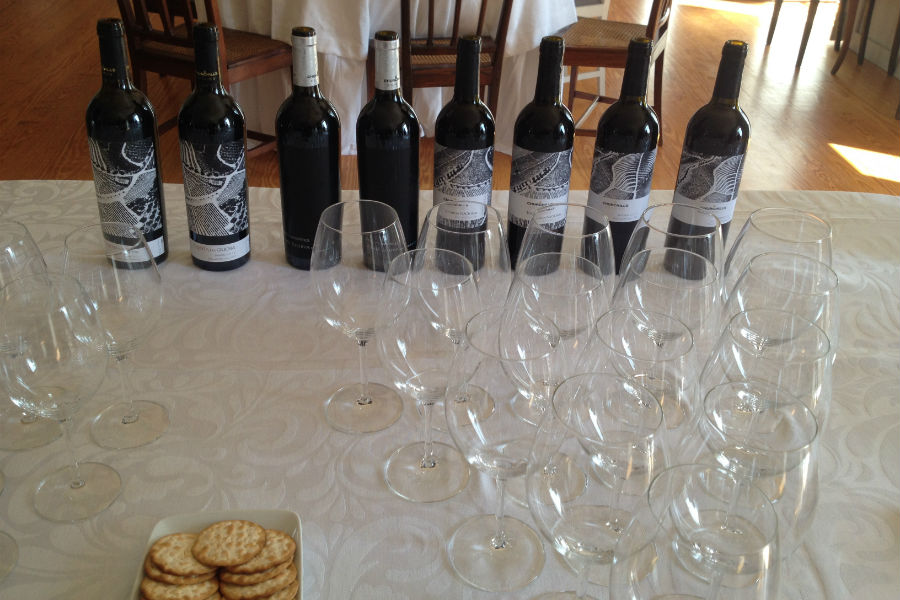
The wines – Photo by José Silva | All Rights Reserved
Then came the new wine, Quinta da Gricha 2013, also originating from very old vines, but this time only from Quinta da Gricha, which shows itself as the ultimate expression of this Quinta’s terroir. Very mineral, with notes of black fruits, full-bodied, with a fantastic and lush acidity, a great red wine from the Douro.
Lastly, we tasted the Port Quinta da Gricha Vintage 2013, a classic vintage full structure with notes of clove, blackberry, fig, black plum, dark chocolate and orange peel, very complex. Bulky and with an amazing acidity, very fresh, spicy notes, blueberries, it’s still young but will be very interesting to taste it in a few years.
Then followed a lunch served by Chef Vitor Sobral, which began with a marinated sea bass with vegetables, very fresh, delicious, which held up well with a surprising Dry White Port, full of freshness and slightly spicy.
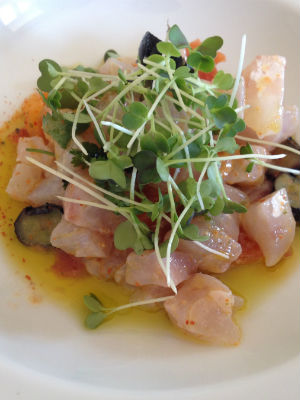
Marinated sea bass – Photo by José Silva | All Rights Reserved
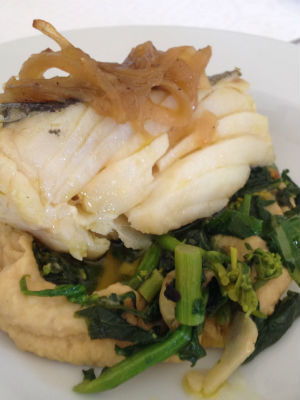
Codfish – Photo by José Silva | All Rights Reserved
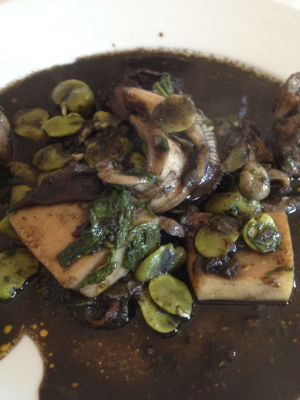
Cuttlefish – Photo by José Silva | All Rights Reserved
Then he served us a codfish piece on a greens bed and grain purée with caramelized onions, very well done, and it matched very well with the white wine.
And then, a surprise dish of the Alentejo coast, cuttlefish with ink and beans, fantastic. And held up with style with the reds Touriga Nacional 2012 and Grande Reserva 2011. To end the meal, we drank a 20-Year-Old Tawny and a 1997 Vintage, both already at a very high level. Down below, the Douro was keeping its course, phlegmatic …



